PhotoSCHWEIZ is the largest exhibition of photography in Switzerland. Every year, more than 250 national and occasionally international photographers show current works. Year after year, the show provides a representative and up-to-date overview of photographic work in Switzerland.
This year, PhotoSCHWEIZ turns its gaze to the rest of the world, wanting to present the work of other major international photography festivals in a multimedia installation to their local Swiss audiences.
Head On’s Creative Director, Moshe Rosenzveig OAM, selected 20 images from the Head On Photo Festival 2022 exhibitions, that he believed represented the diversity and breadth of the visual stories that the Head On Photo Festival brings to Australia’s shores.
Have a look at the photos and stories that will be making their way to Switzerland in the new year!
Aline Smithson
Arrangement in green and black, portraits of the photographer’s mother
I found a small print of Whistler’s Arrangement in grey and black: portrait of the painter’s mother (1871) among a pile of discarded objects at a garage sale.
I started thinking about the evocative potential of portraiture. After salvaging several other items from other garage sales, I knew I was onto something: a leopard coat and hat, a 1950s cat painting, and a similar chair to the one in Whistler’s painting.
The resulting portrait series reinterpreted the painting through the salvaged props and a mix of traditional photography with hand-painted elements.
My proper yet hilarious 85-year-old mother was a willing model. But she could not understand why anyone would be interested in seeing her dressed up as Elvis or wearing a bathing suit.
Our time together making over 20 ensembles was profoundly meaningful, as she passed away before seeing the finished series. The fact that this series would be exhibited and published worldwide would have delighted and amazed my mother.
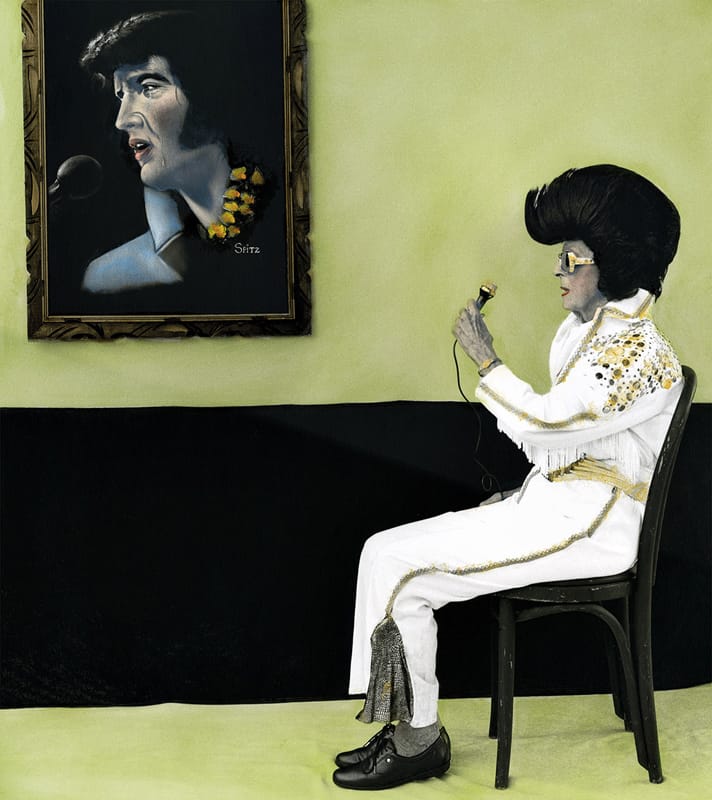
Andrew Rovenko
The rocketgirl chronicles
Melbourne, the world’s most locked-down city, struggled through over 240 days of pandemic restrictions.
There was limited time outside and scarce options to learn and play with the kids, but everyone found their own ways to keep going; small things, small wins. Like making an astronaut suit and helmet for your space-fascinated child, a novelty that won’t last.
Stories, however, do last. With a bit of imagination, stories can be found anywhere, whether it’s within a five-kilometre travel limit or in your bedroom.
These analogue photographs are the memories from the stories we found. The lockdown has now ended, and she’ll outgrow the costume, but the time spent together exploring and imagining is one special gift to keep.
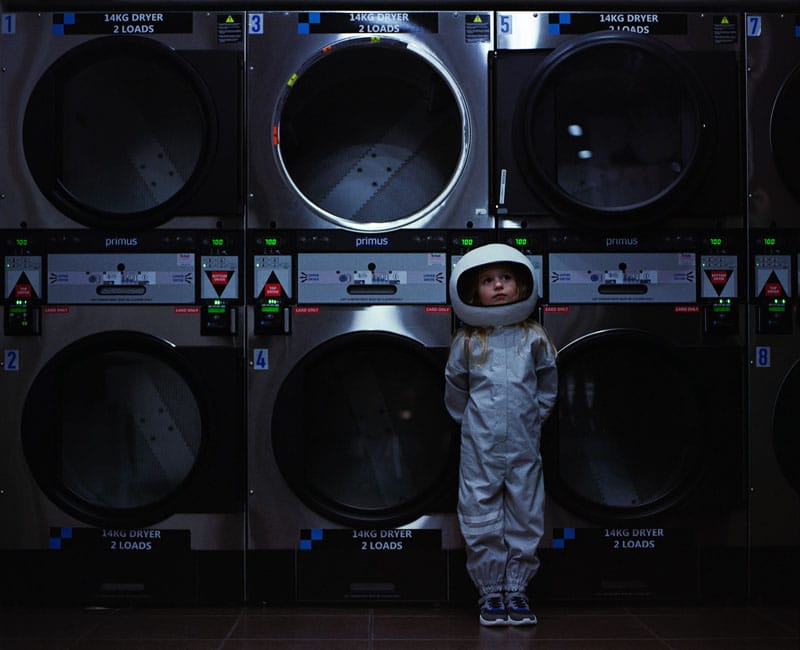
David Schalliol
Isolated Building Studies
I have been working on this typological project since 2006, photographing over 700 Chicago buildings to conceptualise how investment and divestment have affected Chicago, segregating the city by race and class.
The physical isolation of residential and commercial buildings is a potent vehicle to explore inequality. A tension is exposed; the urban form clashes with the seemingly suburban, even rural, setting. My intention is to foreground this tension within each photograph and ask, “Why is this building isolated?”
Whether it is a pioneer or a survivor, built by gentrification or decayed by divestment, these buildings demonstrate how our built environments are rooted in inequitable investment cycles.
The context of COVID-19 and George Floyd’s murder has brought additional weight to this series as we collectively and individually confront the realities of institutional inequality.
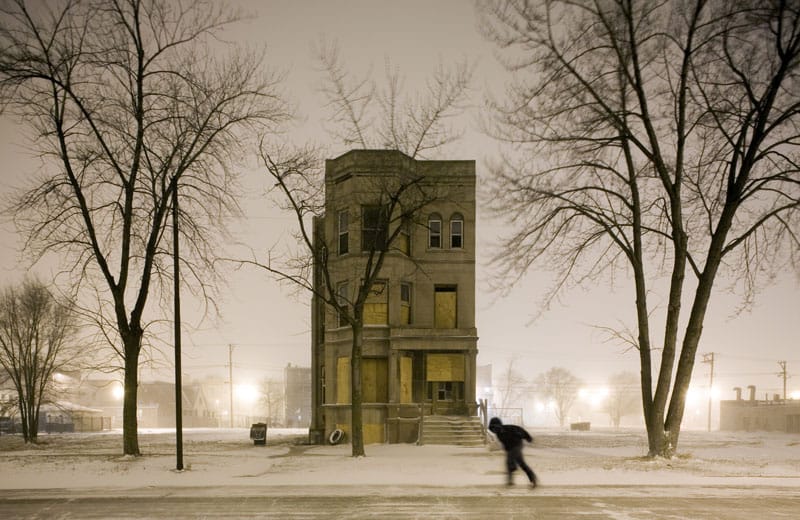
Diana Nicholette Jeon
The river of woe
When Diana Nicholette Jeon’s husband unexpectedly left their marriage, her life became a rollercoaster for which she never got in line. Incessant feelings of despondency intertwined with certitude and faith as she navigated an anomalous season of 860 days. These forlorn, ambiguous photographs subtly reflect upon her journey and speak to anyone who has experienced loss, despair, and longing.
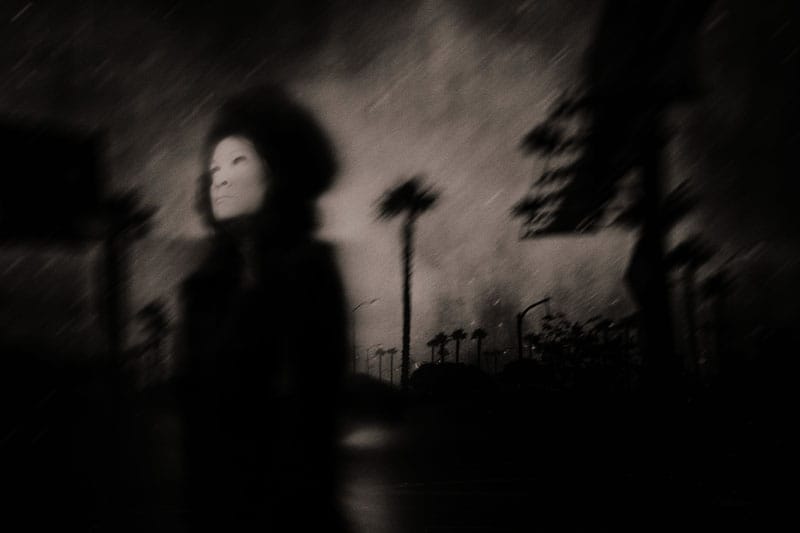
Gao Peng
Illusion
In the 1990s, a friend visited an isolated tribe in east Africa for investigation. The chief gave him a precious and beautiful accessory made of wolf teeth and animal bones. A decade later, he visited again, this time receiving a handiwork created from a Coca-Cola can, valuable for its rare emergence in this place.
People in different environments have different values, and such diversity can be confounding.
Illusion captures these cultural ‘misunderstandings’ and coincidences and arranges them as a series of fantastic, black-humorous works.
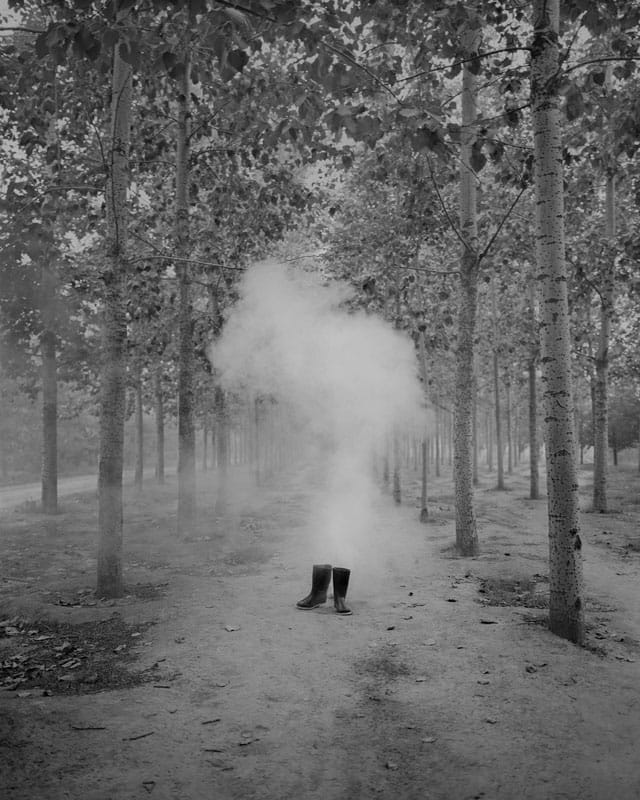
Giles Clarke
Yemen; Conflict + Chaos
In March 2015, a Saudi Arabian led coalition supported by Western governments began a heavy and prolonged air bombing campaign against Yemen after Houthi rebels forces removed the internationally recognised government in late 2014.
According to the UN, the war has killed at least two hundred and thirty thousand people and estimated that almost four million people had fled their homes due to conflict.
The coalition has blockaded critical imports into Red Sea ports that serve much of northern Yemen. Food is often prohibitively expensive due to port restrictions.
With ever-shifting frontlines between the Yemeni government and Houthi forces and the presence of Al-Qaeda and ISIS in Yemen today, the widespread fighting has severely obstructed humanitarian aid distribution. The now-deadly threat of famine looks likely in the more rural areas of northwest Yemen.
Yemen; conflict + chaos portrays a country fractured by war and tribal division, where the civilian population exists chained to an eternal struggle and trapped in a haunted present.

Ilana Rose
Home truths
A series of portraits from across Australia, Home Truths provides a unique and thought-provoking perspective on Australia’s youth homelessness crisis. On any given night there are 116,000 homeless people across Australia, of which 43% are under the age of 24.
The exhibition hopes to start a conversation about the unique challenges posed for these young people, through their own voices. By providing the public viewer with rarely shown glimpses of experiences that may intersect with their lives, these photographs create a sense of shared humanity.
The body of work includes archival and contemporary images of families with young children, teenage couples and young men and women of all ages and ethnicities. It reminds us that the faces of youth homelessness are many and varied and can be just a few steps away for any one of us.
Home Truths is brought to you by Youth Development Australia.
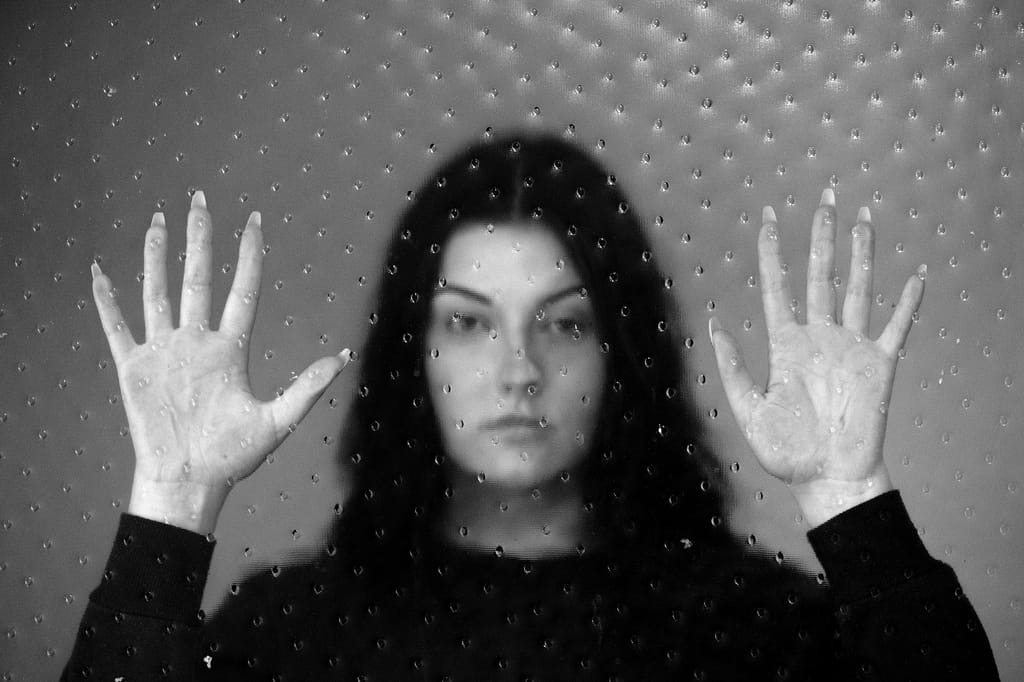
Ingeborg Everaerd
Búsqueda
Since my son left home at the age of 21 to live in an assisted home, the distance between us has increased, both literally and figuratively.
That is why I took my son back to the country where he was born. A search (búsqueda) for his roots, with a bit of hope that it would awaken something in him.
But the chance that you hold a bond with a place you left around your first birthday is a small one.
And it doesn’t get bigger if your body and mind have suffered considerable scars because you were born 14 weeks early.
It wasn’t an easy trip. Often my son was quiet and introverted. I couldn’t figure out what he was feeling or thinking. It made me sad to see him like this. Later he would say, “Mom, I was a little overwhelmed.”
You will see the love that I cherish for my son. It is a journey through Colombia; through the emotional world of a complicated but loving mother-son relationship
Life as it is. A continuous search.
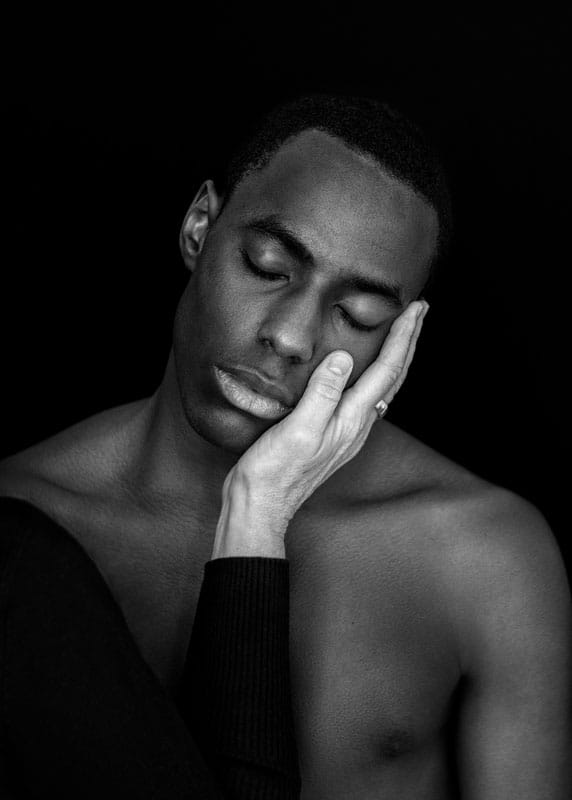
Li Aixiao
I am with me
When the Covid-19 pandemic broke out in early 2020, I was forced to stay at home for a long time, suffocated by the compression of space and the concrete sense of time.
While everyone began to maintain social distance, I wanted to escape home, break the distance and get in touch with people in reality.
I started to explore the mostly unknown private spaces of strangers. We chatted, did everyday things together, and they lent me their clothes so I could ‘be them’. A tacit understanding between my subjects and me was, ‘when I give you a sense of security you need to keep me safe’. This kind of private connection involved exchanging so much personal information that we started to ‘become’ each other.
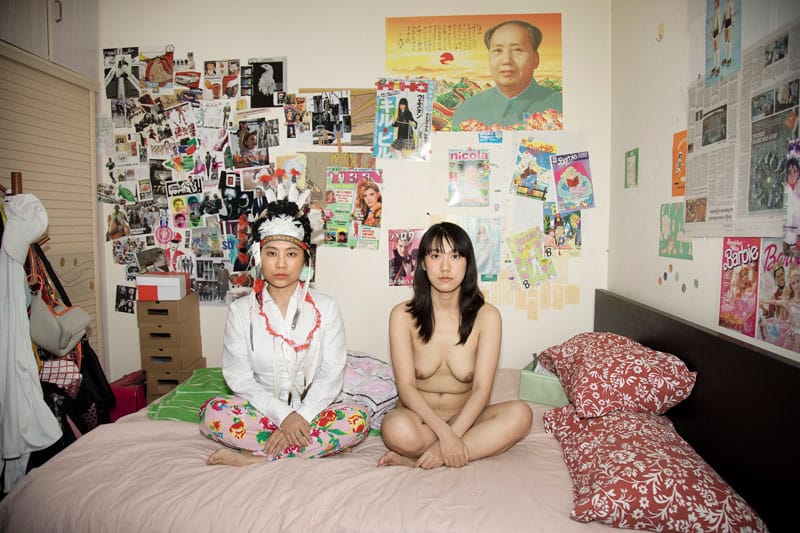
Lisa Murray
Through my child’s eyes
Through my child’s eyes chronicles the chapter of Lisa Murray’s life when she was diagnosed with stage four breast cancer just six weeks before her surrogate baby was born. New life and near-death momentarily sat side by side.
The series is composed of reworked photographs taken initially by her five-year-old son, Griffin Murray-Johnston, paired with Lisa’s current reflections of the time.
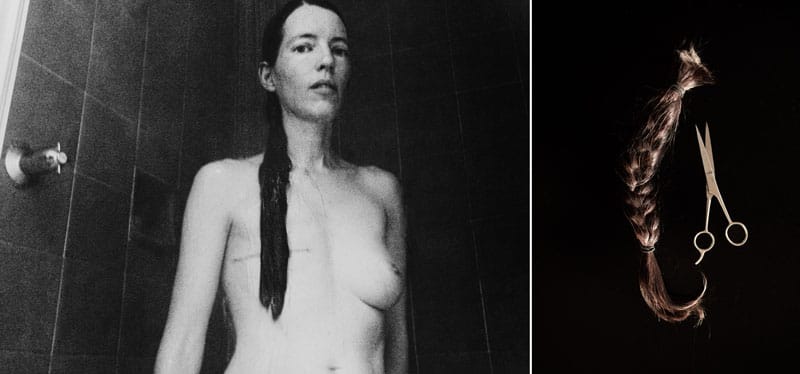
Matty Karp
Zen and modernity
This series contrasts Zen principles with modernity, nature with urbanisation, and rationalism with intuition.
In its Muromachi Period (1392-1573), Japan was home to 12.5 million people, and Zen Buddhism dominated its culture.
The priest-painters ushered in the Chinese-style haboku (‘splashed ink’) painting, likening the spontaneous brushwork to the intuitive experience of enlightenment.
They painted asymmetrical compositions with emphasis on large areas of empty space. The substance and the void complement each other.
Modern, capitalist, and industrial Japan has a population of 125 million.
I have added modern urban scenery to this haboku, filling the vast empty spaces and rivers with cities. Still, the compositions maintain their beauty.
The artificial and the natural converge, co-existing in a peculiar harmony, hinting at a possible agreement between tradition and modernity, nature and culture.

Sixteen
These images are from a series called Sixteen, exploring what it means to be sixteen in the UK today.
I explored the personal expressions, challenges and inspirations of being a young person growing up in Cornwall, in one of the most deprived areas of the UK, opening up conversations with young people about their hopes and fears and who or what sustains them, giving prominence to voices rarely heard.
I felt privileged by the connection formed with my subjects, their families and their guardians. They generously shared their stories, social and family structures, and domestic surroundings.
Having access to my subjects in this way enabled me to understand many previously hidden social challenges.
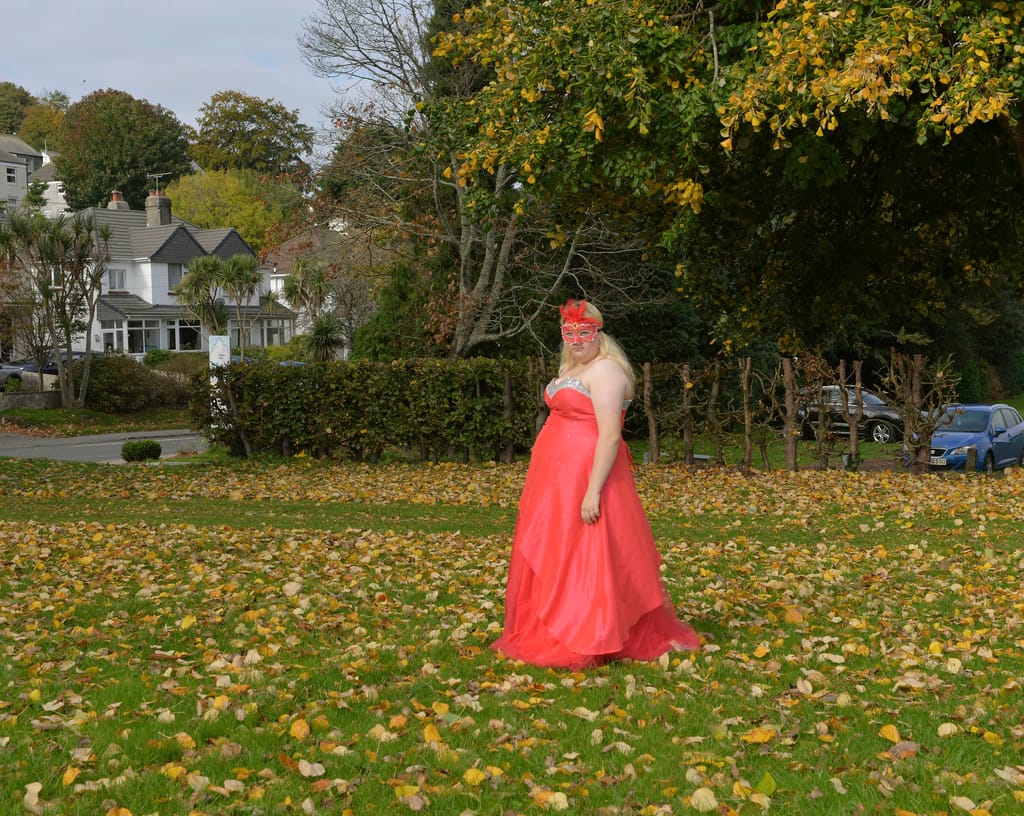
Phil Bayly
The view outside
There is another world outside, and how we think influences how we see it.
“We don’t see things as they are; we see things as we are.”
– Anais Nin

Rachel Portesi
Hair Portraits
I reached a point in my life when all the things I knew to be true – the entire structure, the scaffolding of my life seemed to disappear. I felt something was lost. I was no longer the same person I was when I entered motherhood. With children growing up and needing less, the person I was seemed irrelevant and out of place.
Victorian-era mourners often used hair tresses to make mementoes, art, and sculptures. The custom of keeping a lock of a child’s hair, or one’s own shorn locks as a memento, is a remnant from this time.
I use hair to honour and say goodbye to past parts of myself. These images address fertility, sexuality, creativity, nurturing, harmony, and discord. Above all, these images of elaborate hair sculptures constructed in the studio – are a testament to change, recording metamorphosis from a past fractured self to an integrated self-realised woman.
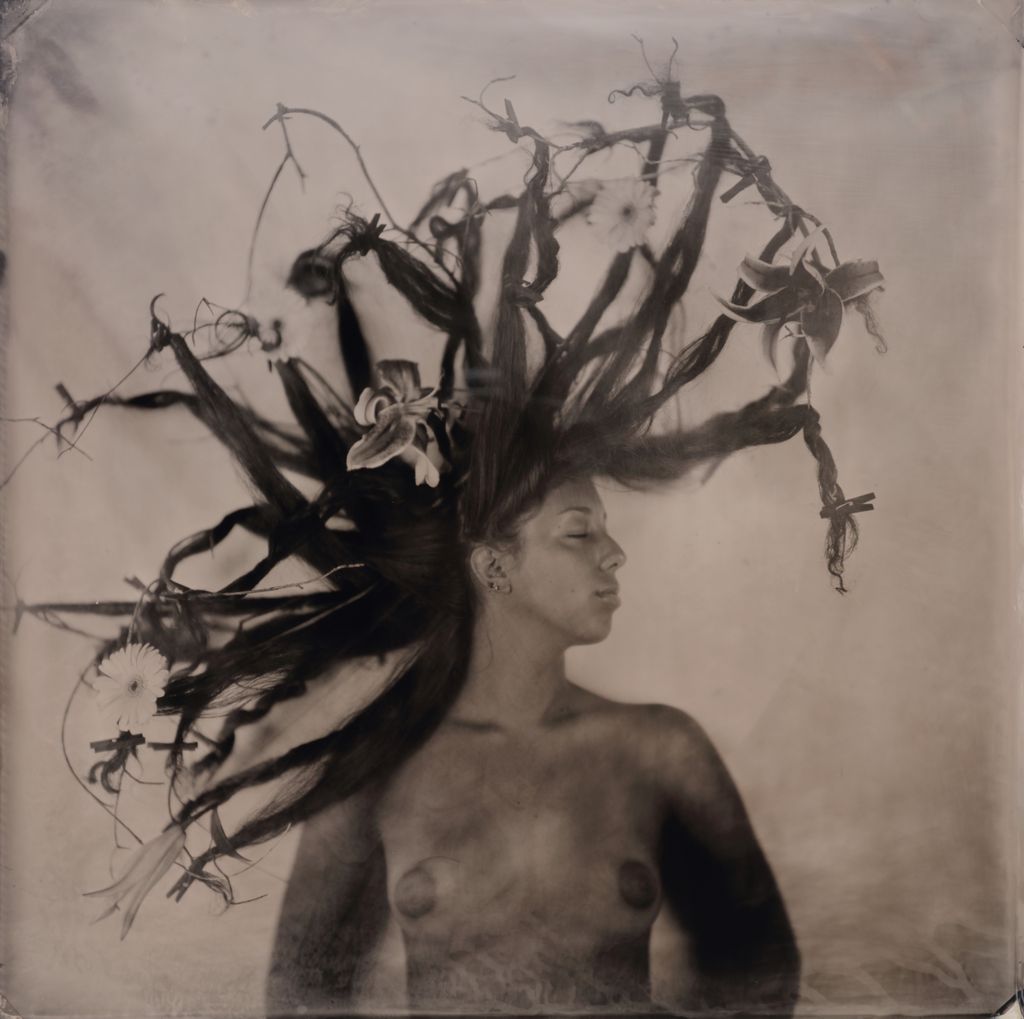
Ramak Bamzar
Moustachioed women and rhinoplastic girls
Mustoachioed women and rhinoplastic girls depicts two different generations of women in Iranian culture, with its innate sexual inequality and patriarchy.
Even though they are almost 150 years apart, both generations embody the struggle between tradition and modernity. Premodern folk culture and contemporary popular culture both create anxiety and suspicion around their body shape and projected image.
These works explore the impacts and origins of masculine control through the male gaze over Iranian women across history. Through counterpoint and juxtaposition, they examine how women under such pressures alter, re-form and re-assess the perception of their bodies.

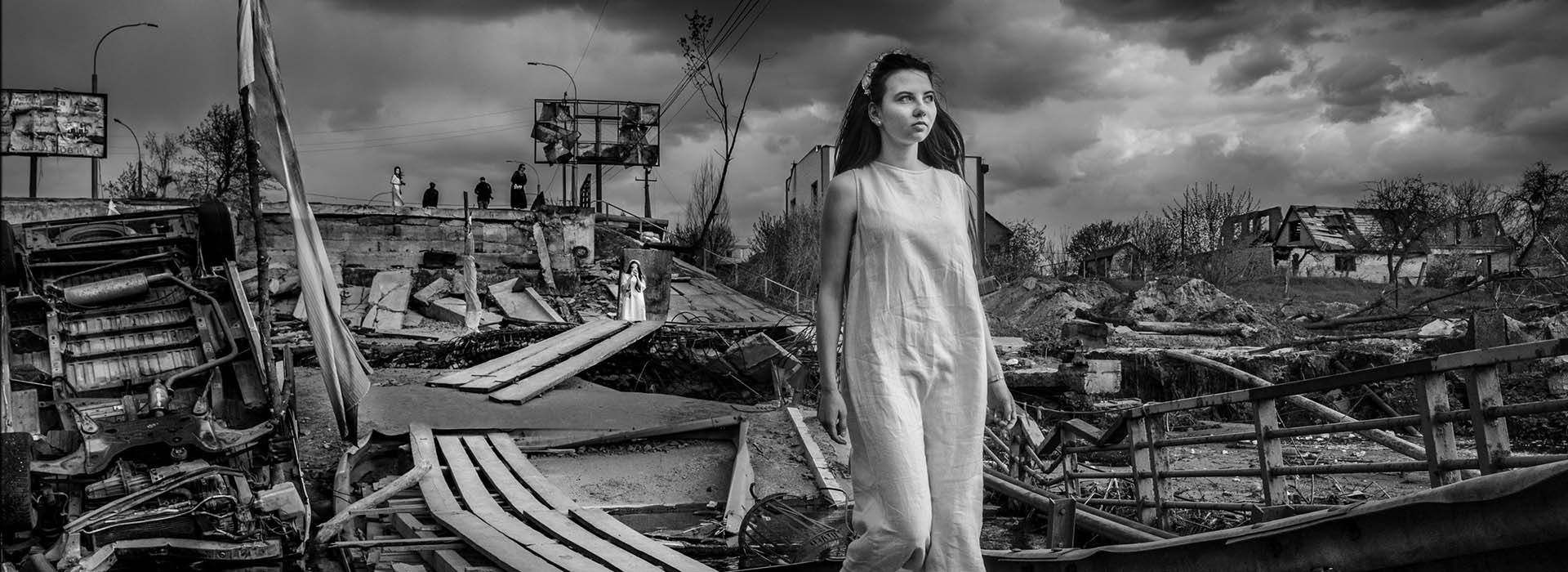










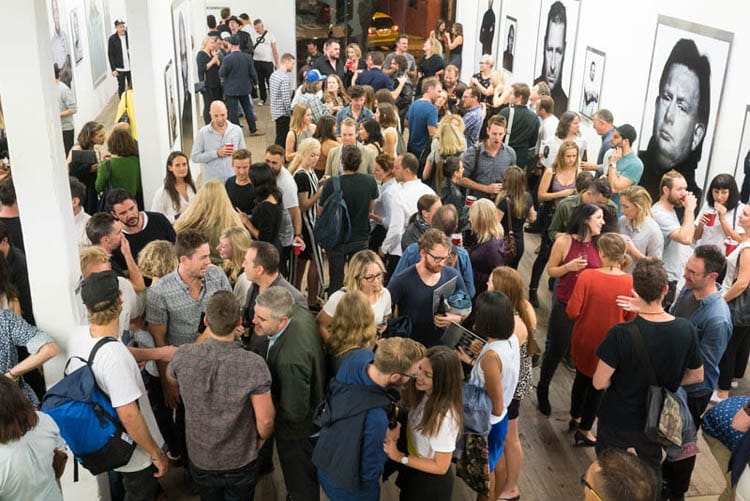
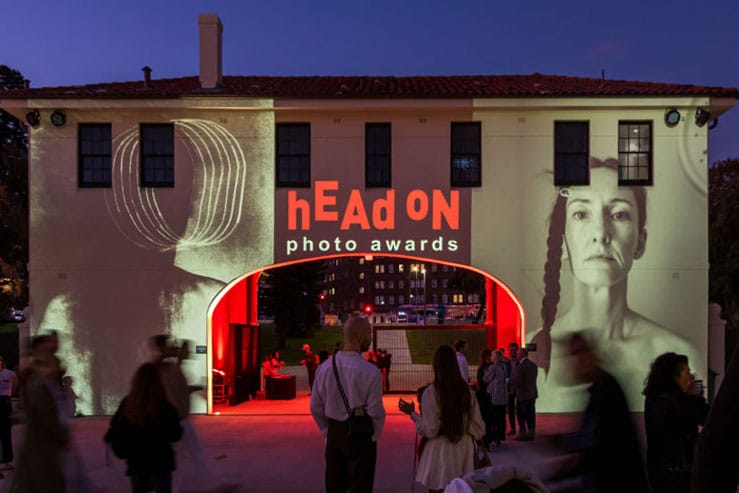
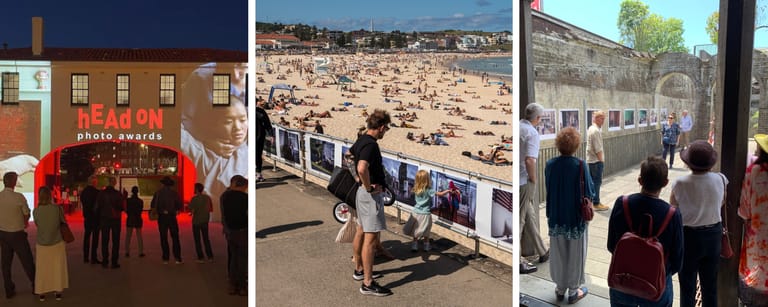
0 Comments